
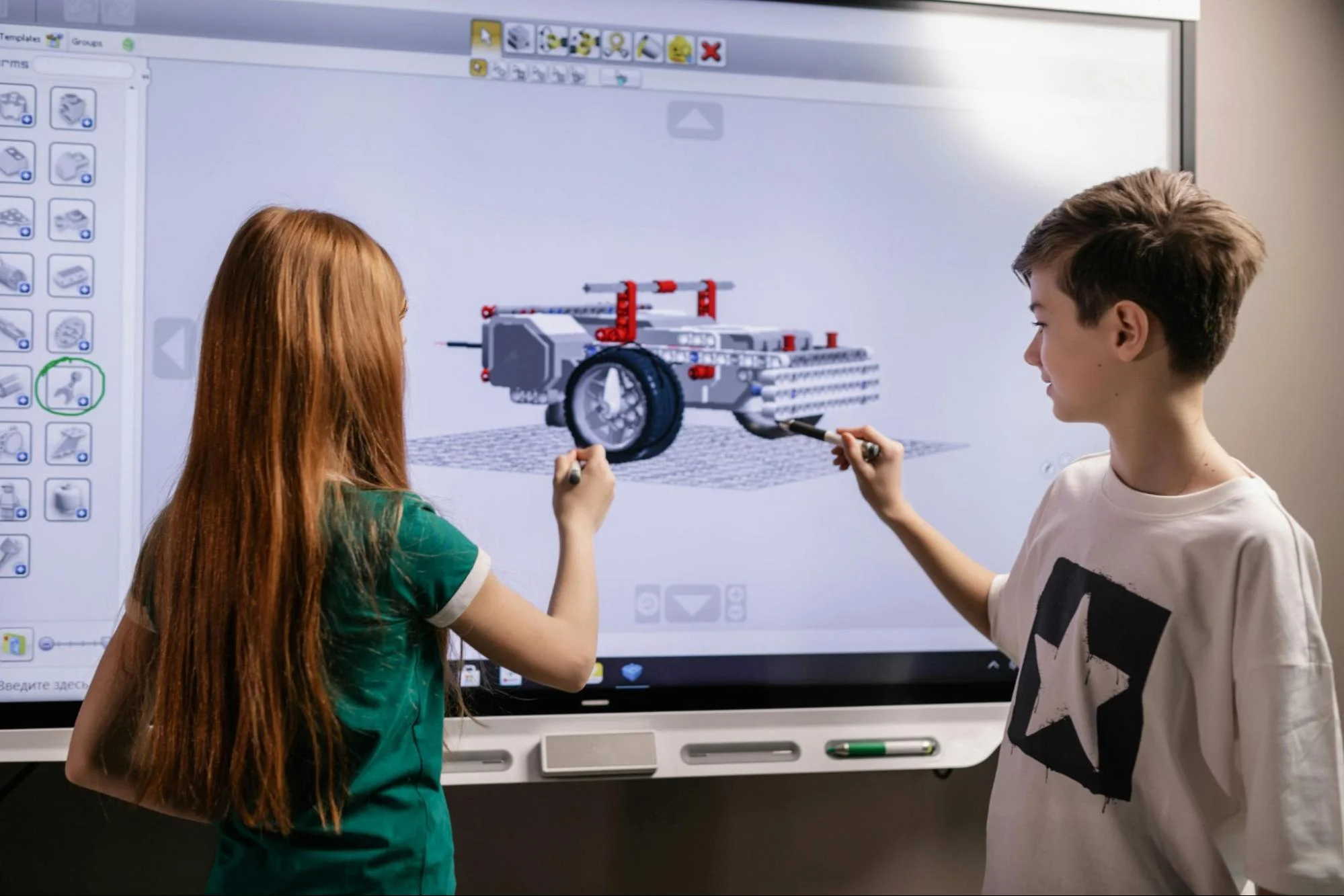
Update: This article was last updated on 7th November 2024 to reflect the accuracy and up-to-date information on the page.
Robotics, a rapidly growing field, is fascinating for people of all ages, but it can be particularly intriguing for children and young adults. Robotics for kids offers endless possibilities for exploration and creativity, and it can be a fun and educational way to spark an interest in science, engineering, and technology. For those who are new to the subject, exploring various robotics questions can deepen understanding and encourage curiosity.
Kids especially enjoy robot question answers that are tailored to their age group, which makes learning more accessible and engaging. There are many engaging robotics questions for kids that serve as great conversation starters or classroom activities. Schools can even offer an introduction to robotics class 7 questions and answers to provide a solid foundation and spark interest in young minds.
In this blog, we’ve compiled a list of 30 frequently asked questions about robotics and provided concise answers to help 8-15-year-olds better understand this fascinating field.
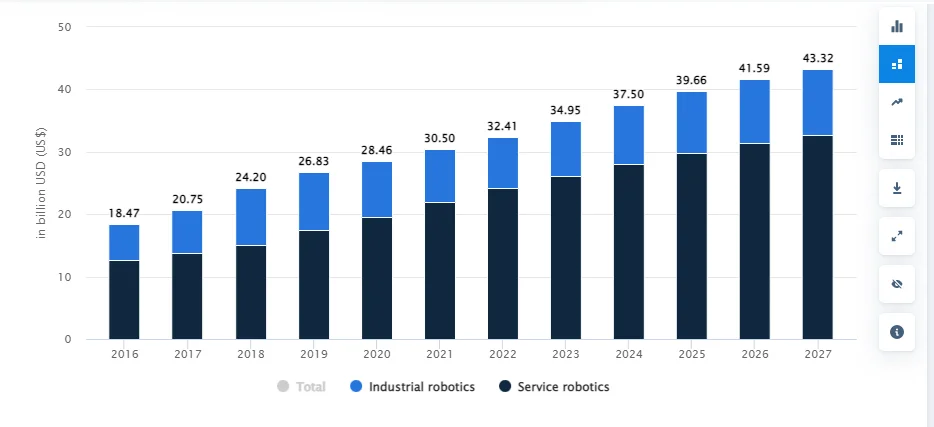
Source: Statista
Revenue in the Robotics market is projected to reach US$34.94bn in 2023.
1) What is Robotics?
Robots are machines capable of performing tasks without human intervention, and we can program them to perform various functions. Robotics is the branch of engineering that deals with the design, construction, operation, and use of robots.
2) What is the history of Robotics?
The idea of robots dates back to ancient times when myths and legends featured mechanical beings. We developed the first robots in modern history in the early 20th century and have been rapidly advancing. Today, robots play a crucial role in many industries, such as manufacturing, healthcare, entertainment, and military applications.
3) How do robots work?
Robots typically consist of three main components: a power source, a control system, and a mechanical system. The power source provides energy to the robot, the control system directs its movements and operations, and the mechanical system gives the robot its physical form and capabilities. Robots also often have sensors that allow them to detect and respond to environmental changes.
4) What are some common types of robots?
There are many types of robots, but some of the most common include industrial robots, service robots, and domestic robots. Industrial robots are used in manufacturing, and other industrial processes, service robots perform tasks for people, and domestic robots are used in homes and other domestic settings.
5) What is AI in robotics?
AI, or artificial intelligence, refers to the ability of robots to perform tasks that normally require human intelligence. This includes tasks such as recognizing patterns, decision-making, and learning from experience. AI is a rapidly growing field, and it has the potential to revolutionize how robots are used in the future.
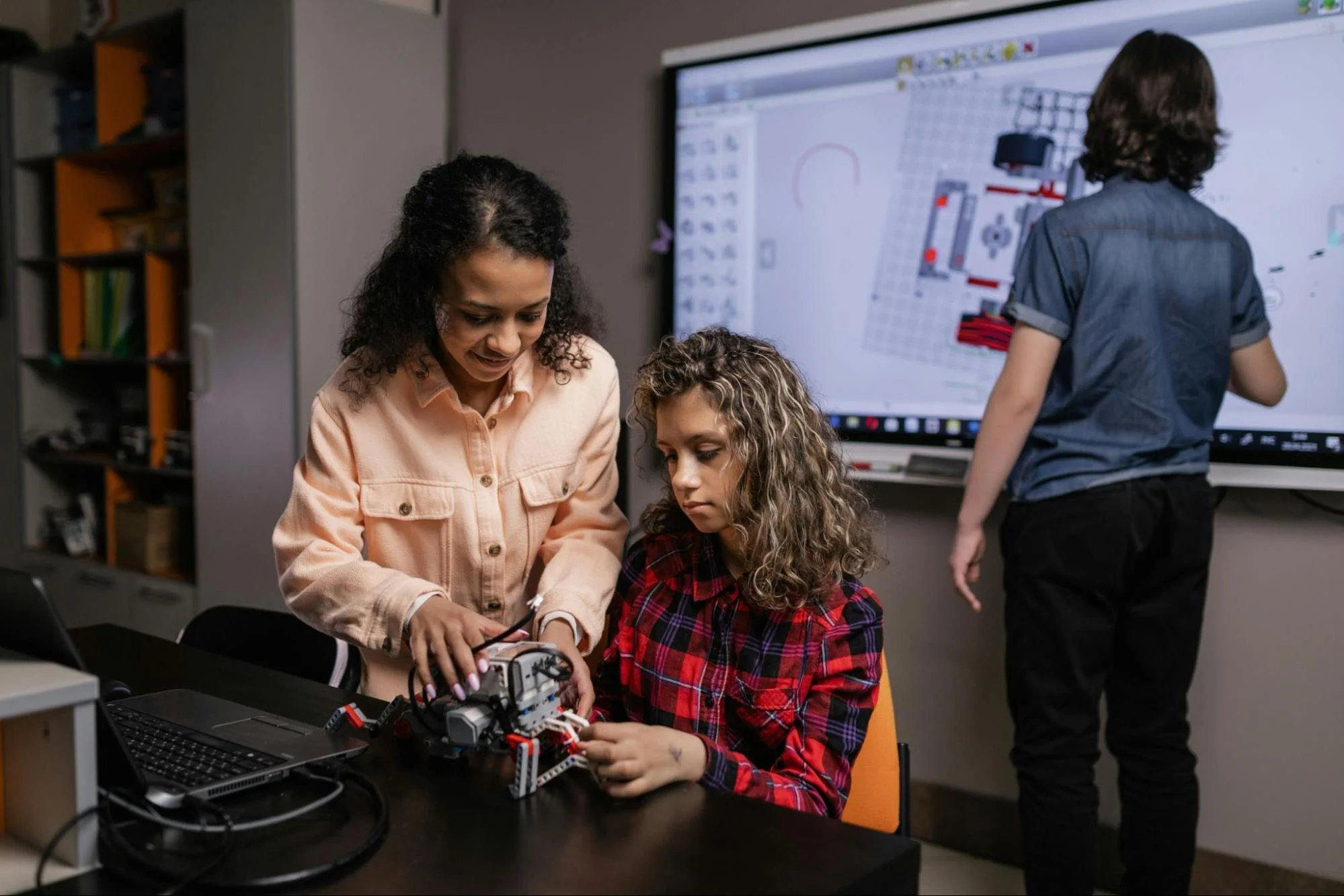
6) Can robots replace human workers?
In some cases, robots can replace human workers, but in others, they complement and augment human workers. It depends on the specific task and the level of automation technology.
7) How do robots make decisions?
Robots make decisions based on the data they receive from their sensors and the algorithms programmed into their control system. If concrete actions are not planned, the robot could use mathematical optimization methods to decide how to act. Mathematical optimization is a technique for achieving the best possible result under given circumstances, called constraints.
8) What is the difference between an autonomous and a non-autonomous robot?
An autonomous robot can perform tasks without human intervention–it can move on its own, and it can make decisions based on sensor input. While non-autonomous robots require some sort of guidance system or instruction to make a movement that allows them to travel pre-defined navigation maps in a controlled environment.
9) What is a robot sensor?
A robot sensor is a device used to detect and respond to changes in the robot’s environment. Sensors can detect things like light, temperature, sound, and movement, and they play an important role in helping robots navigate and interact with their environment.
10) What is the purpose of actuators in robots?
Actuators are responsible for moving the robot’s parts, which is often achieved using motors based on the commands from its control system. For example, an actuator is needed to make the robot’s wheels turn. Or the joints of a robot arm to rotate.
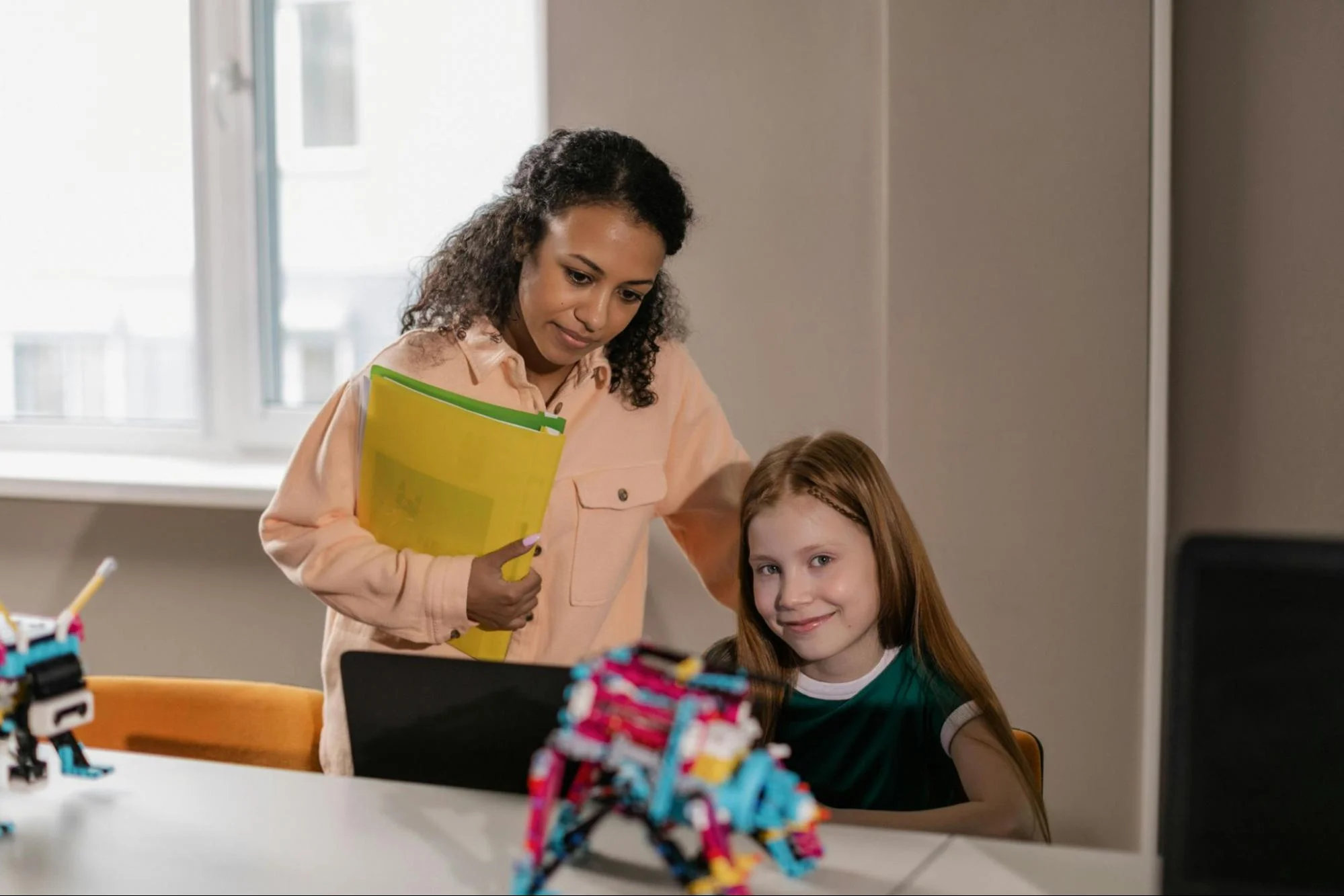
11) What is robot software?
Robot software is the code used to control a robot’s movements and operations. The software can program the robot to perform specific tasks, which is a critical component of most robots.
12) What is a robot operating system?
A robot operating system (ROS) is a type of software that is designed specifically for use with robots. ROS provides tools and libraries to program robots and control their movements and operations.
13) What is a robot simulator?
A robot simulator is a software program that allows you to test and experiment with robots in a virtual environment. Robot simulators can test the behavior and performance of robots with no expensive hardware, and they are valuable tools for developers and researchers.
14) What is the language of robots?
A robot language is a type of programming language that is used to control and program robots. There are many types of robot languages, and they are used to write the code used to program the robots and control their movements and operations.
15) What is machine learning in robotics?
Machine learning is a condition where the robots are programmed in such a way that with timely evolution, they learn from their own mistakes, thus preventing constant human intervention and parallel effort.
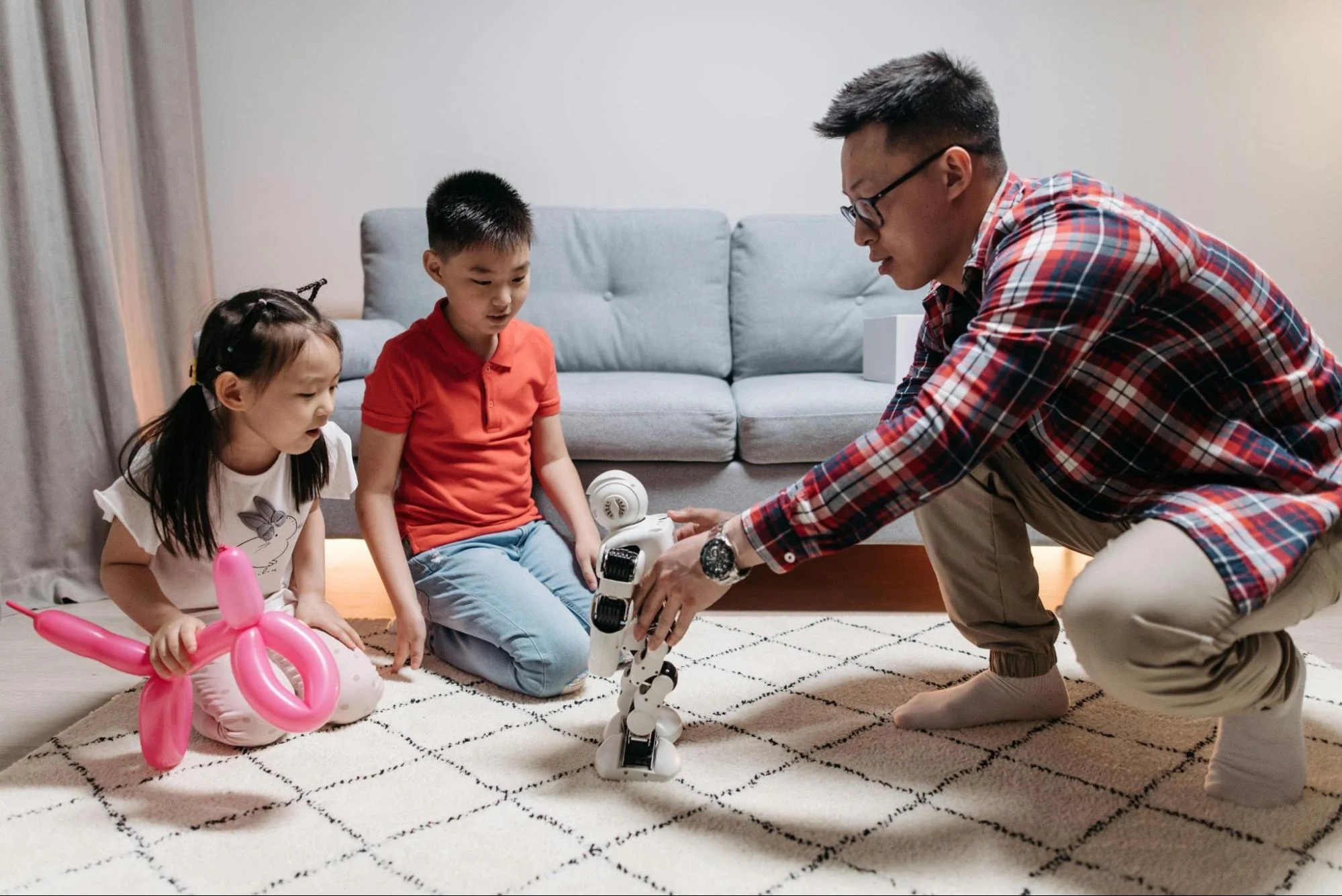
16) What are some ethical considerations for using robots?
Ethical considerations when using robots include issues related to privacy, safety, job displacement, and the responsible use of technology. The uses of technology have the capability of making many innocent people suffer, and this is a moral concern. An example of such an issue is the fact that nuclear technology has the potential to kill many people and consequently destroy the environment.
17) What are some advantages of using robots in the industry?
The advantages of using robots in the industry include increased efficiency, consistency, precision, and safety, reduced costs, and increased output. Unlike humans, robots don’t get bored. Until they wear out, they can do the same thing again and again.
18) What is a robot framework?
A robot framework is a set of tools and libraries used to develop and test robots. The framework provides a standardized way to program and control robots, and it can build a wide range of different robots.
19) What is the future of Robotics?
With advancements in AI, robotics, and machine learning, we’re likely to see robots becoming more integrated into various aspects of our lives. From autonomous vehicles to robotic assistants in homes and workplaces, the possibilities are vast. These technologies have the potential to revolutionize industries, improve efficiency, and enhance our overall quality of life. Therefore the possibilities for robotics are endless.
20) What are some common applications of robotics?
Robots are used in a wide variety of jobs such as materials handling, painting, picking, packing and palletizing, mechanical cutting, grinding, assembling automobiles, harvesting crops, and delivering medications.
They can also perform tasks that are dangerous, repetitive, or too complex for humans to perform, and they are also being developed for space exploration and other cutting-edge fields.
21) What are some famous robots from movies and TV shows?
Ans: Some famous robots from movies and TV shows include R2-D2 and C-3PO from Star Wars, WALL-E from WALL-E, and Baymax from Big Hero 6. These fictional robots inspire real-life engineers and designers to create innovative robots.
22) How do robots learn new things?
Ans: Robots can learn new things through a process called machine learning. In machine learning, robots are programmed to analyze data and make predictions or decisions based on that data. Over time, they can improve their performance by learning from their experiences.
23) Can robots have emotions like humans?
Ans: While robots can simulate emotions through programmed responses, they don’t have emotions as humans do. Emotions are complex and often tied to human experiences and consciousness, which robots do not possess.
24) What are some challenges robots face when interacting with humans?
Ans: One challenge is understanding human communication, including speech and gestures. Another challenge is navigating human environments, which can be unpredictable and cluttered. Additionally, robots must follow ethical guidelines when interacting with humans to ensure safety and respect.
25) How can a kid get started with building their robots?
Ans: Kids can start by learning the basics of robotics through educational kits or online tutorials. They can experiment with simple robotics components like motors, sensors, and controllers to understand how robots work. As they gain more experience, they can challenge themselves with more complex projects and even participate in robotics competitions.
26) How do robots communicate with each other?
Ans: Robots can communicate with each other using wireless technologies like Bluetooth, Wi-Fi, or even infrared signals. This allows them to share information, coordinate tasks, and work together on complex problems. For example, in warehouses, robots communicate to efficiently organize and retrieve items without colliding with each other.
27) What is robot navigation, and why is it important?
Ans: Robot navigation is like a robot’s GPS. It helps the robot move around without bumping into things and reach where it needs to go. It’s like when you use a map to find your way to a friend’s house. Robots use similar technologies like GPS, sensors, and mapping algorithms to navigate accurately.
28) What is a robotic arm, and how is it used?
Ans: A robotic arm is a type of robot with multiple joints that can move and rotate to perform tasks like picking up objects, assembling products, or performing surgeries. It’s like a super strong and precise human arm! It is widely used in industries for precision tasks like assembling cars or handling hot materials. In the medical field, robotic arms are used for surgeries that require very delicate movements, like heart surgeries or removing tumors.
29) What is swarm robotics?
Ans: Swarm robotics is a field where groups of small robots work together as a “swarm” to complete tasks. Inspired by how insects like ants and bees work together, these robots can cooperate to achieve complex goals. For example, a swarm of tiny robots could be used to clean up pollutants or explore new areas by covering a large region together.
30) How are robots used in space exploration?
Ans: Robots play a crucial role in space exploration. They can explore planets, moons, and other celestial bodies without risking human lives. For instance, Mars rovers like Perseverance are equipped with cameras, drills, and sensors to study the Martian surface and search for signs of past life. These robots send valuable data back to Earth, helping scientists learn more about space.
Robotics has the potential to revolutionize the way we live and work. With the advancement of technology, robots are becoming more capable of performing complex tasks and operating in a broader range of environments. As we continue to explore the possibilities of robotics, it is important to consider the ethical and social implications of this technology. We hope that this list of 25 frequently asked questions about robotics has shed light on this exciting field and has sparked an interest in robotics for 8-15-year-olds.
Additionally, this resource covers various robotics questions and provides robot question-answer sections, making it a perfect introduction to robotics class 7 questions and answers for young learners. These robotics questions for kids can inspire curiosity and open doors to further exploration in this dynamic field.
Want to make your child future-ready with Robotics? Moonpreneur offers a tailor-made program. Reserve a spot in our free 60-minute workshop today and introduce them to the amazing world of robotics and innovations!
Robotics has the potential to revolutionize the way we live and work. With the advancement of technology, robots are becoming more capable of performing complex tasks and operating in a wider range of environments. As we continue to explore the possibilities of robotics, it is important to consider the ethical and social implications of this technology.
We hope that this list of 25 frequently asked questions about robotics has helped to shed some light on this exciting field and has sparked an interest in robotics for 8-15-year-olds.
Want to make your child future-ready with Robotics? Moonpreneur offers a tailor-made program. Reserve a spot in our free 60-minute workshop today and introduce them to the amazing world of robotics and innovations!
























What will robots do in 10 years?
AI may automate approximately 39% of domestic work within a decade, according to a study involving 65 AI experts from the UK and Japan. The researchers sought predictions on the potential for automation to alleviate common household and caregiving tasks.
Who is the first robot?
George Devol invented the first digitally operated and programmable robot in 1954, known as the Unimate. This groundbreaking invention became the cornerstone of the modern robotics industry.
Will robots ever take over the world?
Nope! Robots are tools that humans create and control. Their purpose is to help us, not replace us. They can make our lives easier and more interesting.